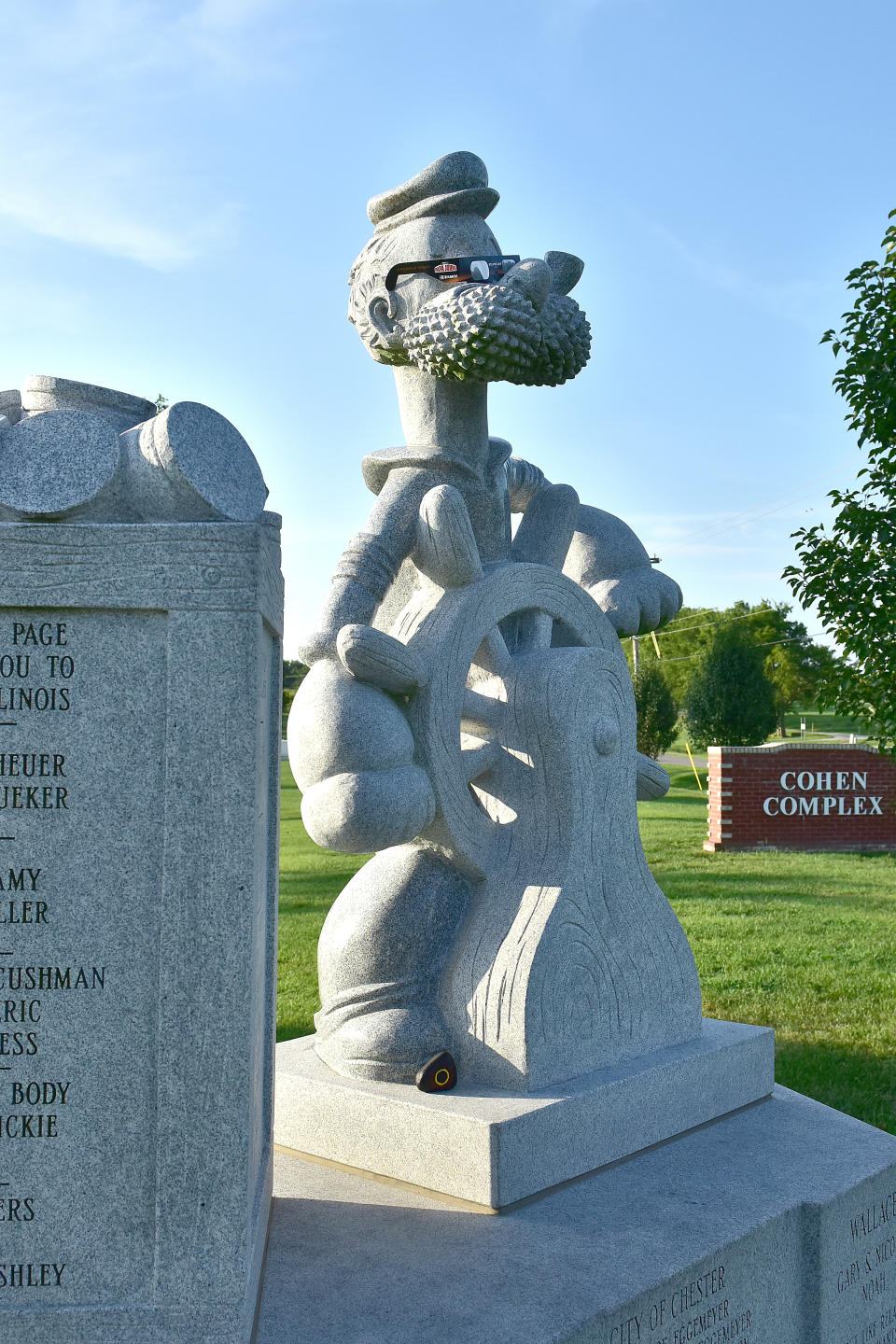The Total Solar Eclipse Is Almost Here, So Get Excited With These 14 Photos And Facts About Solar Eclipses
On Monday, a total solar eclipse will cross North America. In the United States, the path of the moon's shadow will stretch from Texas to Maine, ensuring this will be a significant event many won't want to miss, whether viewed in full or partially. So, ahead of the major moon moment, here are 14 of the most fascinating facts and photos about eclipses that I could find:
1.There are three main types of eclipses to keep in mind. According to NASA, "An annular solar eclipse happens when the Moon passes between the Sun and Earth, but when it is at or near its farthest point from Earth." Essentially, the moon, when it appears at its smallest, passes between the Sun and Earth. This results in that legendary ring of fire appearance.
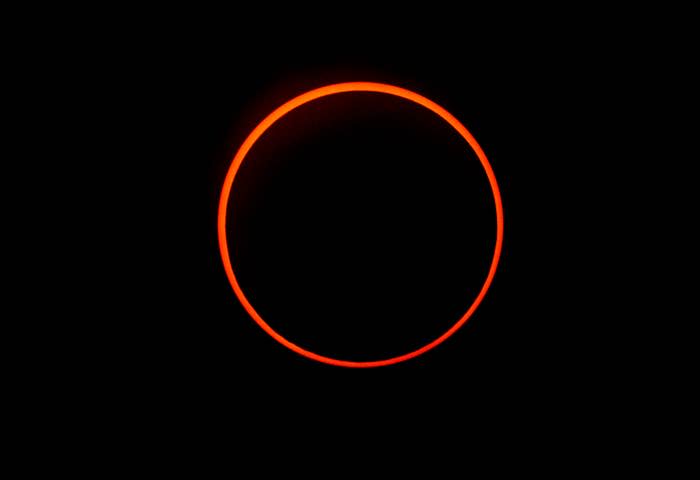
Here's an annular solar eclipse, as seen on Oct. 14, 2023, in Penonome, Panama.
2.Then, there's a total solar eclipse, which is when the moon passes between the Sun and Earth and (importantly) completely blocks the Sun. The last total solar eclipse to pass through the U.S. was on Aug. 21, 2017.
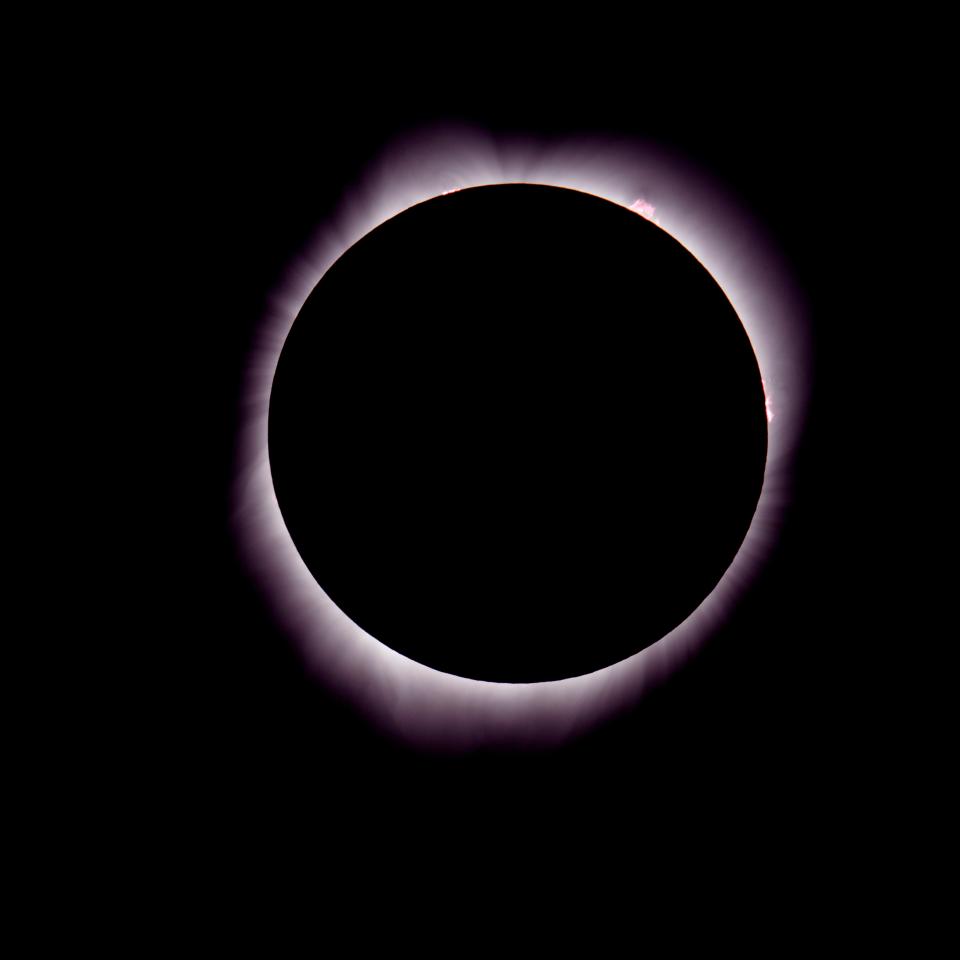
Here's a total solar eclipse as seen on Aug. 21, 2017, in Monmouth, Oregon.
3.Finally, a partial solar eclipse occurs when the moon passes between the Sun and Earth but does not do so in perfect alignment. A partial solar eclipse can be viewed during both an annular and total eclipse outside the path of the moon's shadow i.e. the path of totality.
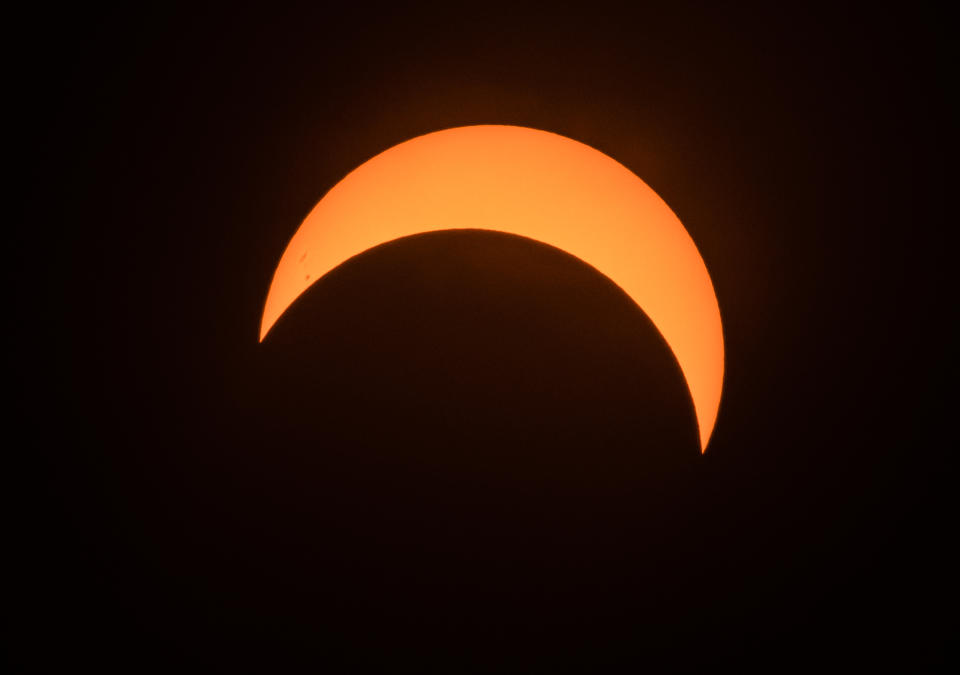
Here's the 2017 total solar eclipse as viewed partially and out of the path of totality in New York City on Aug. 21, 2017.
4.According to NASA, the next path of totality for a total solar eclipse to pass through the contiguous United States will occur in 2044. Still, that one will only be visible in North Dakota and Montana.
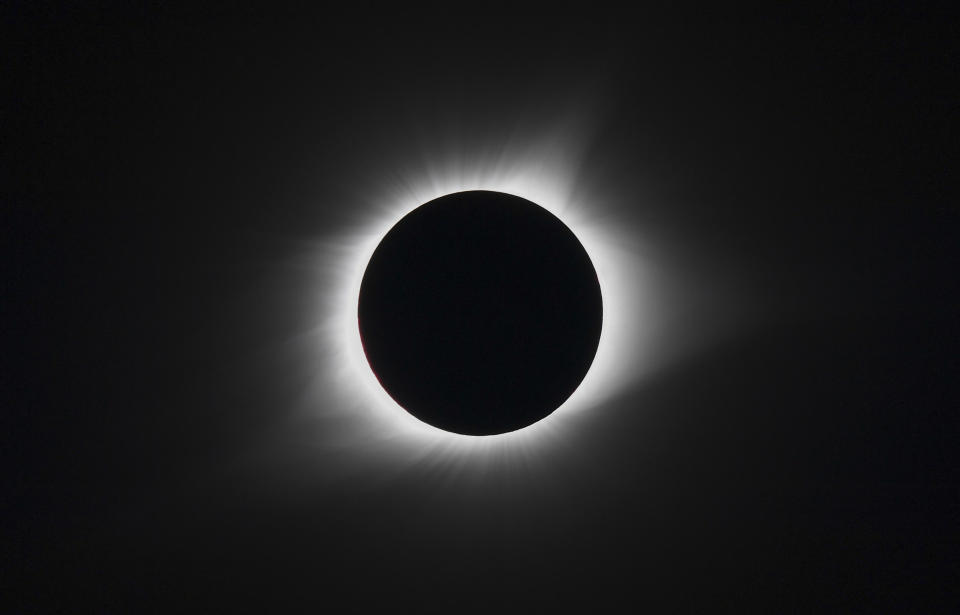
Here's the total solar eclipse on Aug. 21, 2017, as seen in Hopkinsville, Kentucky.
5.During the 2017 total solar eclipse, former president Donald Trump made headlines for looking into the sky while viewing a partial eclipse from the White House. He later put on protective glasses.
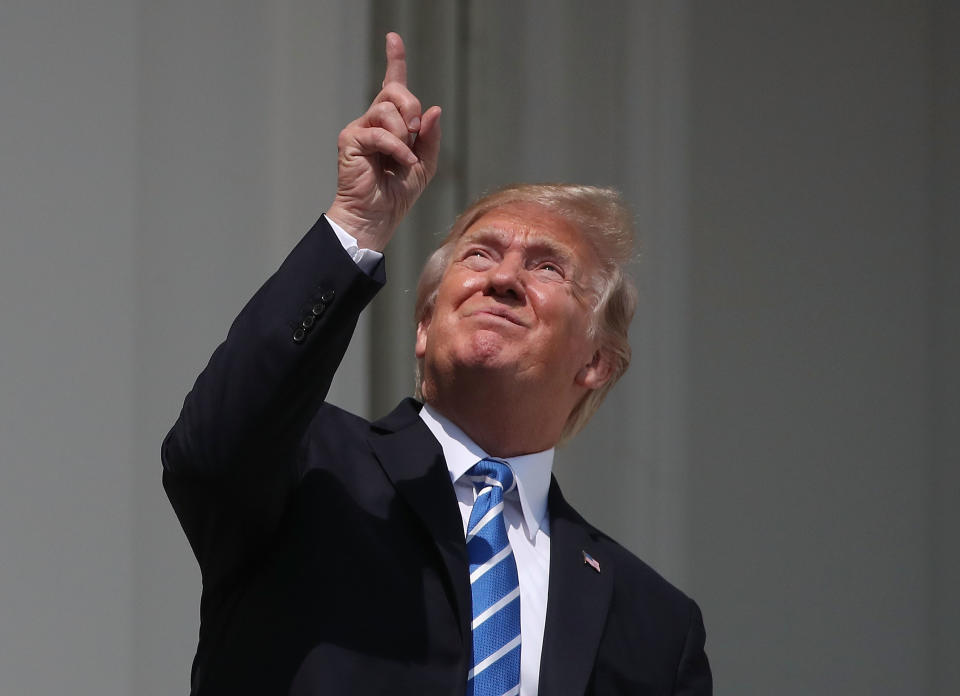
6.Here is then-president Calvin Coolidge and first lady Grace Coolidge viewing a solar eclipse on Jan. 24, 1925, also from the White House.
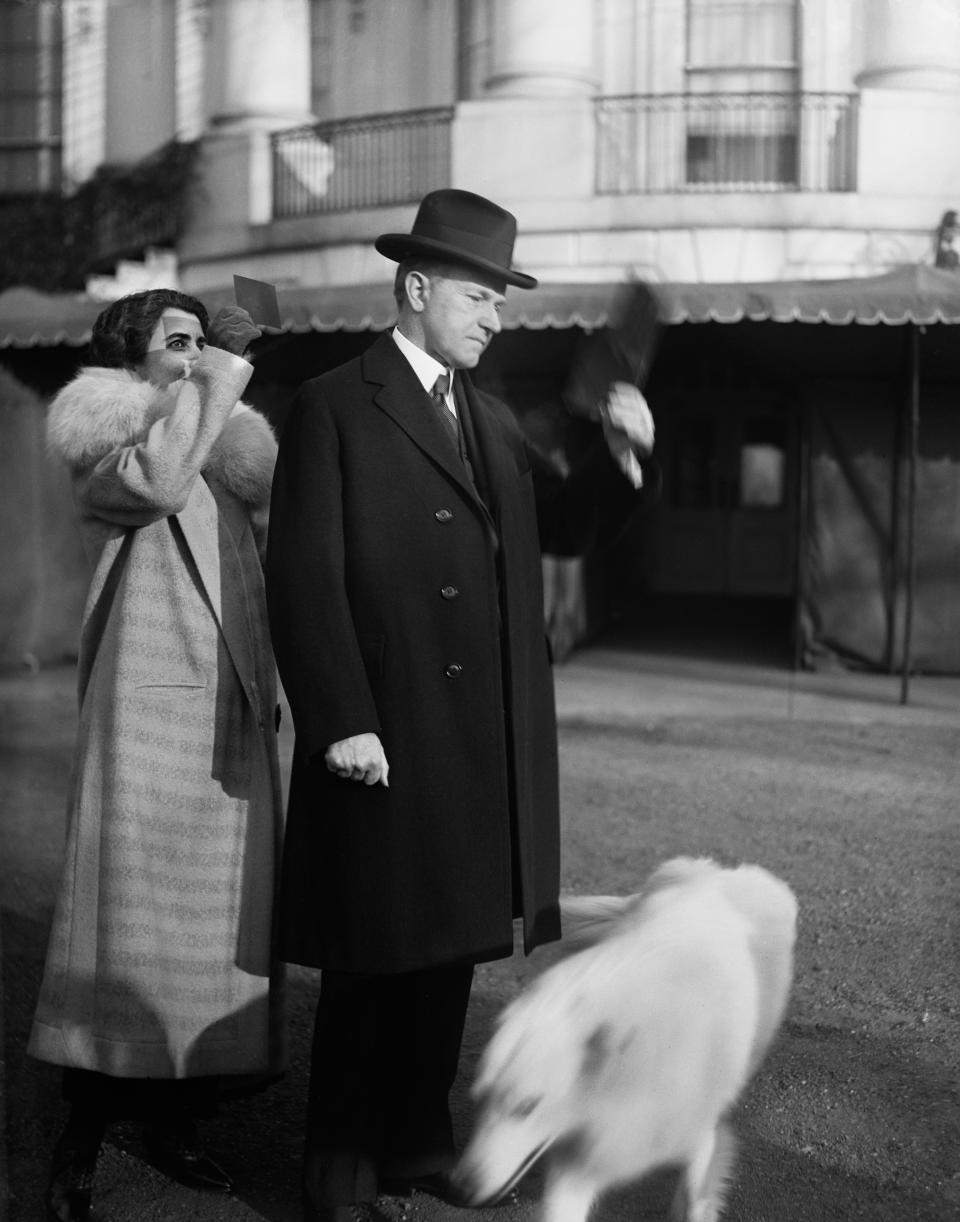
7.You need to wear protective lenses to, well, protect your eyes, and don't think about putting on regular sunglasses. "Eclipse viewers are at least 1,000 times darker than the darkest sunglasses!" Dr. Hi Cheung, an assistant clinical professor at Indiana University's School of Optometry, said in a university news brief last year.
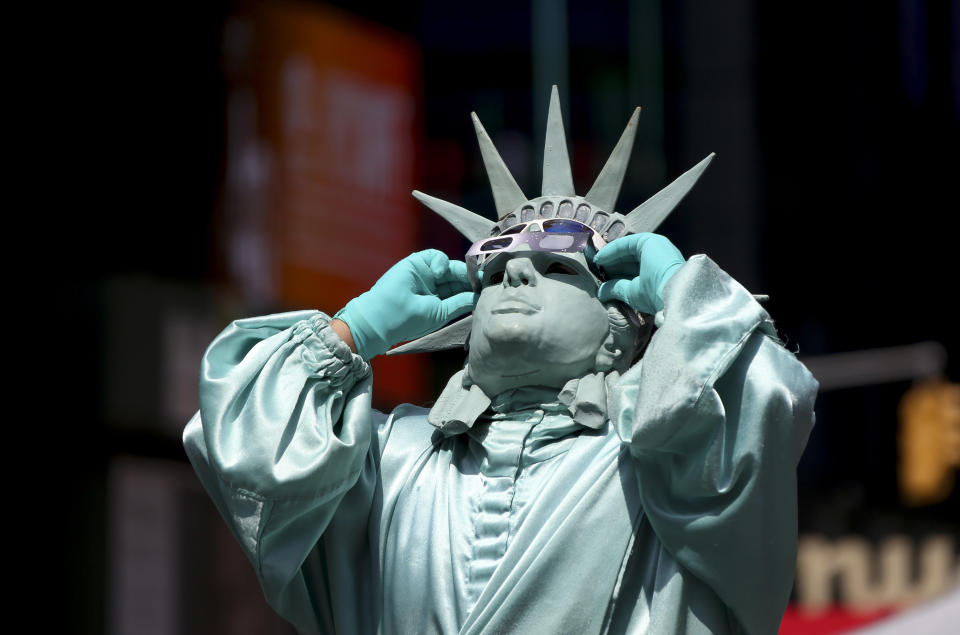
Here's a man dressed as the Statue of Liberty using eclipse glasses to view a partial eclipse in New York's Times Square during the total solar eclipse on Aug. 21, 2017.
8.It's not just sunglasses. According to the American Association for Pediatric Ophthalmology and Strabismus, you also shouldn't view the solar eclipse through X-rays, exposed color film, and Polaroid filters, among other items. Read more about solar eclipse viewing safety here.
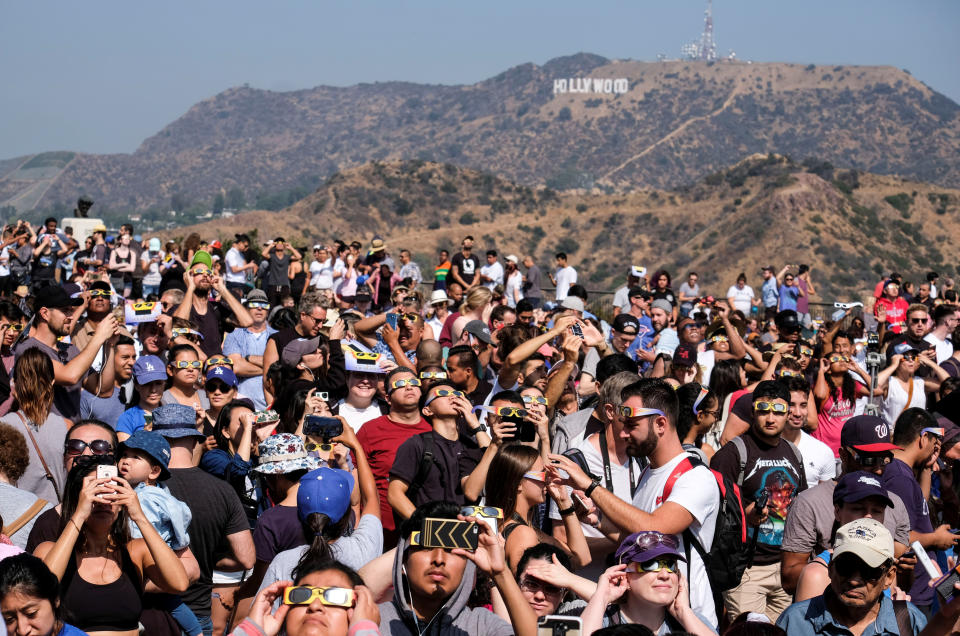
Here's a crowd viewing a partial eclipse in Los Angeles during the total solar eclipse on Aug. 21, 2017.
9.If you're using a professional camera to photograph a total solar eclipse, make sure to use a solar filter...until totality. According to Canon, you can remove the filter roughly 15 seconds before totality to get your Baily's Beads shot. Put your solar filter back on after totality.
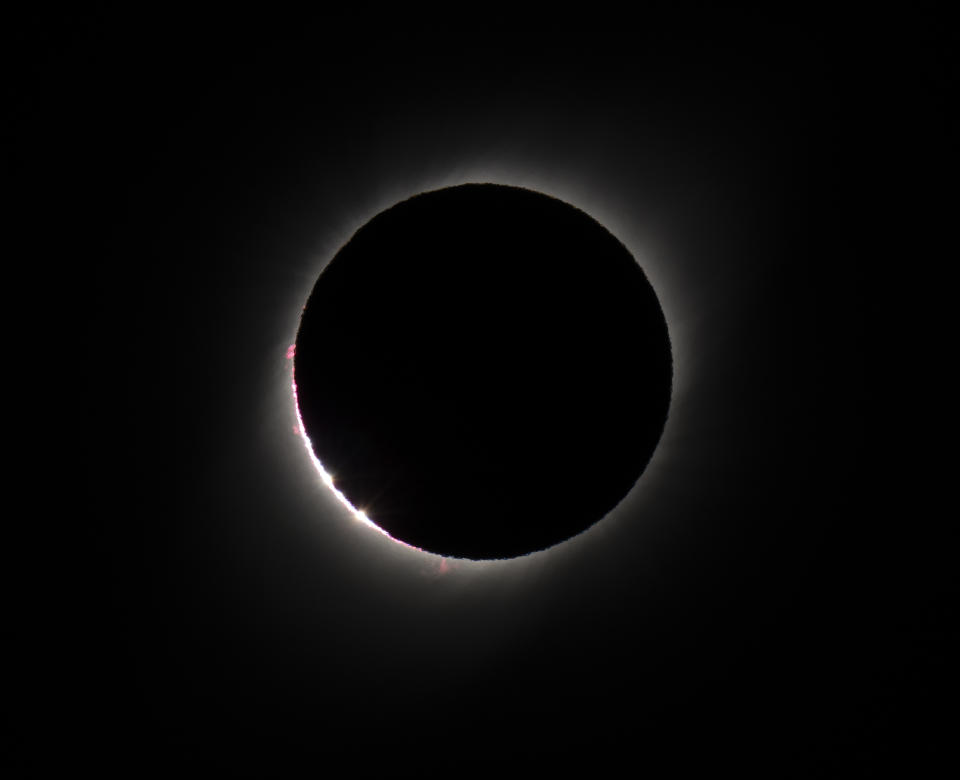
Here's a total solar eclipse as seen from El Molle, Chile, on July 2, 2019.
10.Don't know the term Baily's Beads? It's the name for the last remaining rays of sunlight visible before the moon entirely overtakes the sun during a total solar eclipse. According to the Oxford Dictionary of National Biography, Baily's Beads are named after Francis Baily, a 19th-century astronomer from England who made the observation.
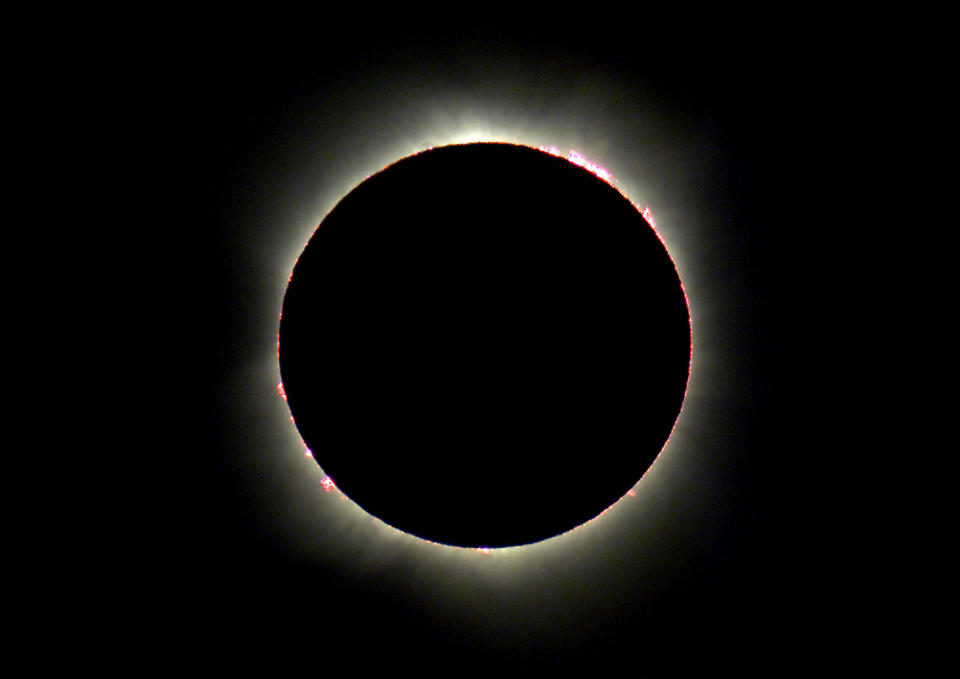
Here's a total solar eclipse, as seen in Australia on Dec. 4, 2002.
11.The 21st century's longest total solar eclipse occurred on July 22, 2009, in the Pacific Ocean off the coasts of Southeast Asia. There was 6 minutes and 39 seconds of maximum totality. According to Scientific American, this duration won't be surpassed until June 13, 2132. As for the shortest total solar eclipse of the 21st century, that's expected to occur on May 31, 2068, and to be just one minute and 6 seconds of totality.
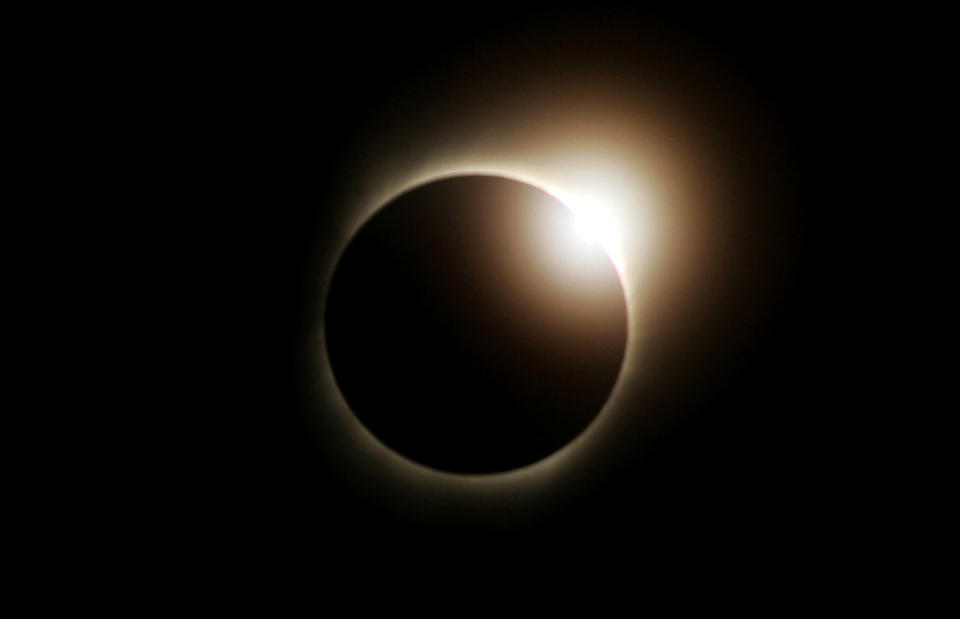
Here's the total solar eclipse on July 22, 2009, as seen in Chongqing, China.
12.Looking back at the 20th century, according to NASA, the longest total eclipse occurred on June 20, 1955, with 7 minutes and 8 seconds of totality. Meanwhile, the shortest solar eclipse of the 20th century occurred on Sep. 22, 1968, lasting just 40 seconds of totality.
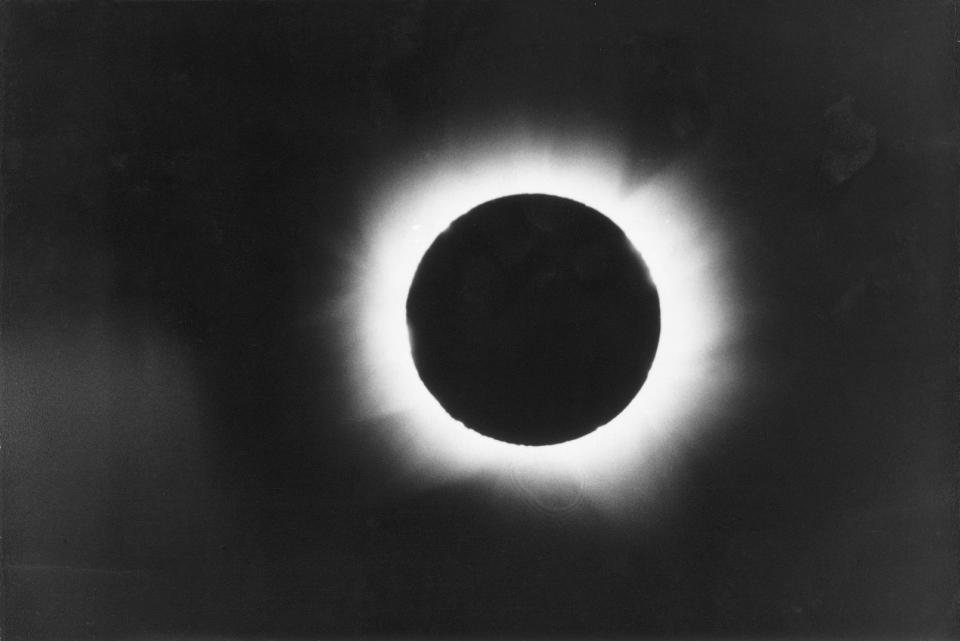
Here's the total solar eclipse on Sept. 22, 1968, as seen in Russia.
13.Here's a group of Londoners watching a solar eclipse on June 29, 1927. Writer Virginia Woolf is said to have been among the Brits who made time for the eclipse. Though to be clear, she's not in this photo.
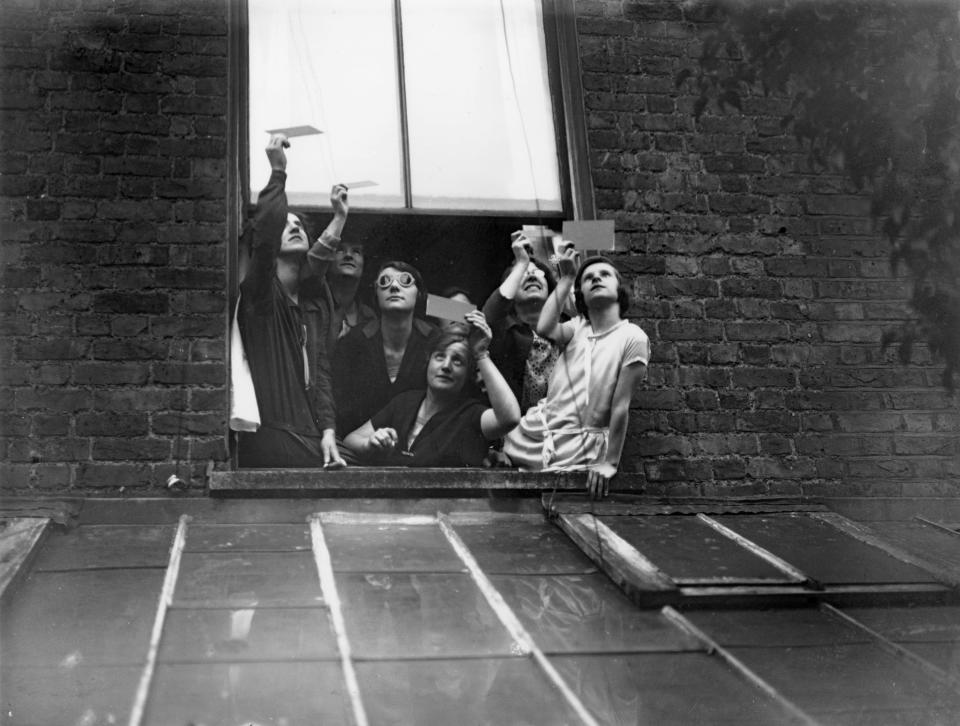
14.Finally, here's a statue of Popeye the Sailor in Chester, Illinois, all set to go with his Papa Johns-branded eclipse glasses on for the 2017 eclipse.
